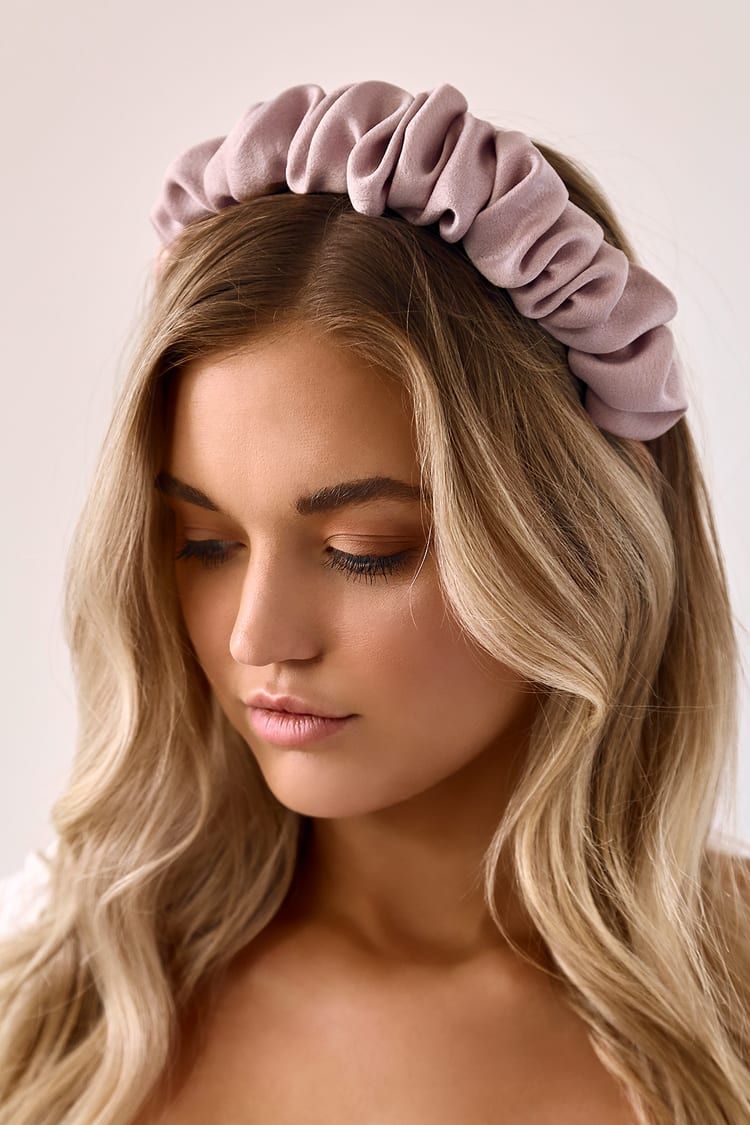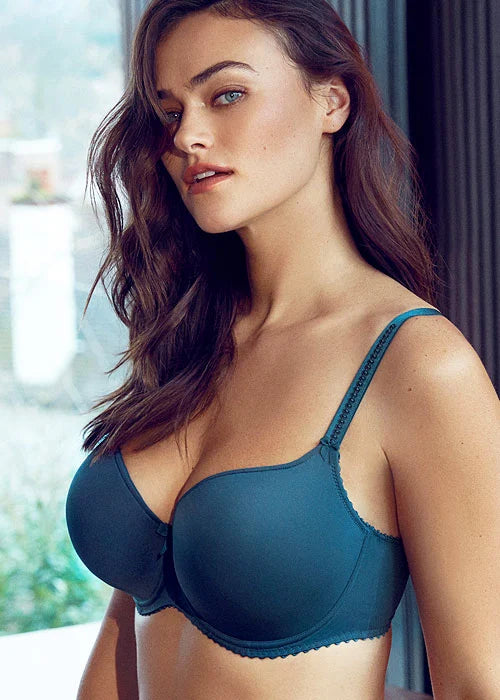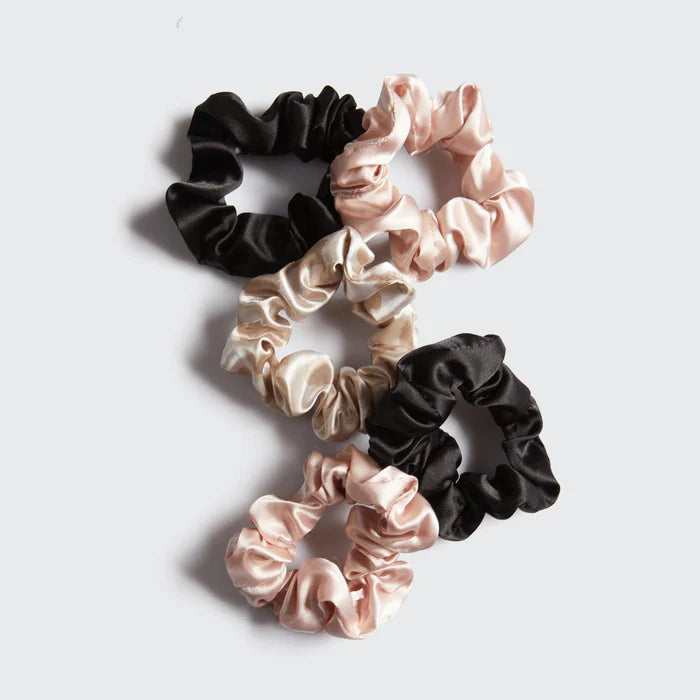The Unsung Hero of Hairstyling: A Deep Dive into Bobby Pins

The Unsung Hero of Hairstyling: A Deep Dive into Bobby Pins. When it comes to hairstyling, certain tools may steal the spotlight—curling irons, premium brushes, and voluminous sprays—but few can claim the timeless utility and versatility of the humble bobby pin. These small yet powerful accessories have held an enduring place in hair history, serving everyone from flapper girls of the 1920s to modern stylists creating red-carpet masterpieces. The Unsung Hero of Hairstyling: A Deep Dive into Bobby Pins, Despite their size, bobby pins are a cornerstone of hairstyling, and mastering their use can elevate any look from ordinary to extraordinary.
In this blog, we'll uncover the origins, science, and expert tips behind bobby pins: the quiet workhorses of the beauty industry.
A Brief History of the Bobby Pin
The Unsung Hero of Hairstyling: A Deep Dive into Bobby Pins. The bobby pin's journey begins in the roaring 1920s, an era marked by drastic cultural shifts and changing fashion sensibilities. As women embraced the bob haircut, which symbolized liberation and modernity, they needed a discreet tool to manage shorter styles while maintaining flexibility. Inventor Luis Marcus introduced the bobby pin—named for its association with the bobbed hairstyle—and its adoption was swift. Compact, reliable, and virtually invisible when inserted correctly, the bobby pin became indispensable.
The Unsung Hero of Hairstyling: A Deep Dive into Bobby Pins. Fast forward to today, and its role extends far beyond taming bobs. Whether securing intricate bridal updos, holding Hollywood waves in place, or supporting avant-garde runway looks, bobby pins remain a stylist’s secret weapon.
Anatomy of a Bobby Pin
The Unsung Hero of Hairstyling: A Deep Dive into Bobby Pins. To master the art of bobby pin usage, one must first understand its construction:
-
Wavy Side vs. Flat Side
A common misconception is that the wavy side faces outward when securing hair. However, the wavy side should face downward, against the scalp. The ridges grip the hair, providing stability, while the flat side ensures a sleek, smooth finish.The Unsung Hero of Hairstyling: A Deep Dive into Bobby Pins
-
Material Matters
Traditionally made of coated metal, modern bobby pins are available in various finishes—matte black for stealth, metallics for glam, or vibrant colors to match hair or make a statement. Premium options often feature stronger tension springs and no-snag coatings to minimize hair breakage.The Unsung Hero of Hairstyling: A Deep Dive into Bobby Pins
-
The Open End and Protective Tip
The small ball tips at the ends serve dual purposes: they protect the scalp from scratches and prevent snagging when sliding pins into the hair.The Unsung Hero of Hairstyling: A Deep Dive into Bobby Pins
How to Use Bobby Pins Like a Pro
The Unsung Hero of Hairstyling: A Deep Dive into Bobby Pins. While they may seem intuitive, perfecting the art of bobby pinning takes practice. Follow these expert techniques:
1. Insert Against the Grain
The Unsung Hero of Hairstyling: A Deep Dive into Bobby Pins. To maximize hold, slide the pin into the hair against the direction of growth or tension. For example, if you’re pinning back a section toward the right, angle the pin slightly to the left to secure it.
2. Cross Pins for Maximum Hold
The Unsung Hero of Hairstyling: A Deep Dive into Bobby Pins. For hairstyles requiring extra security, use two bobby pins to form an "X" shape. This cross pattern locks hair in place and prevents slippage—a lifesaver for updos and buns.
3. Texturize for Better Grip
The Unsung Hero of Hairstyling: A Deep Dive into Bobby Pins. Silky or freshly washed hair can be too smooth for bobby pins to grip effectively. Lightly spray your pins with dry shampoo or hairspray before inserting them for added traction.
4. Use the Right Size
The Unsung Hero of Hairstyling: A Deep Dive into Bobby Pins. Bobby pins come in different lengths and thicknesses. Standard pins are ideal for everyday styling, while jumbo pins (2.75 inches) work best for thicker hair or voluminous styles. Miniature pins are perfect for detailed work or fine hair.
5. Hide Your Pins Strategically
The Unsung Hero of Hairstyling: A Deep Dive into Bobby Pins. To keep bobby pins invisible:
- Insert them deep into the hair, ensuring only the flat side is slightly visible.
- Place pins under a section of hair for a cleaner finish.
- Use pins that match your hair color for a seamless blend.
Creative Uses of Bobby Pins
The Unsung Hero of Hairstyling: A Deep Dive into Bobby Pins. While they excel at securing hairstyles, bobby pins also shine as a fashion-forward statement.
1. Decorative Pins
Modern bobby pins come adorned with pearls, crystals, and geometric accents, turning them into eye-catching accessories. Arrange decorative pins in parallel lines or triangles to create a sleek, minimalist aesthetic.
2. Functional Art
Designers and stylists use bobby pins creatively for artistic flair. Think visible pins in bold colors or asymmetrical patterns that add edge to an otherwise simple hairstyle.
3. Faux Hair Accessories
Need to fake a hair clip or barrette? Strategically layering bobby pins into angular patterns (like a chevron or zigzag) creates a chic illusion of a statement piece.
Preserving and Caring for Your Bobby Pins
The Unsung Hero of Hairstyling: A Deep Dive into Bobby Pins. Over time, bobby pins may lose their tension or coating. To prolong their life:
- Store pins in a magnetic case or small container to keep them organized.
- Avoid bending them unnecessarily, as this weakens their grip.
- Replace pins when the protective tips wear off to prevent hair damage.
Final Thoughts
The Unsung Hero of Hairstyling: A Deep Dive into Bobby Pins. In an era of ever-evolving hairstyling tools, the bobby pin remains a timeless essential. It’s proof that elegance often lies in simplicity. Whether you’re crafting sleek buns, romantic twists, or bold editorial looks, this small yet mighty tool delivers unmatched versatility.
So next time you reach for a bobby pin, remember: it’s not just holding your hair—it’s holding decades of history, artistry, and ingenuity.


